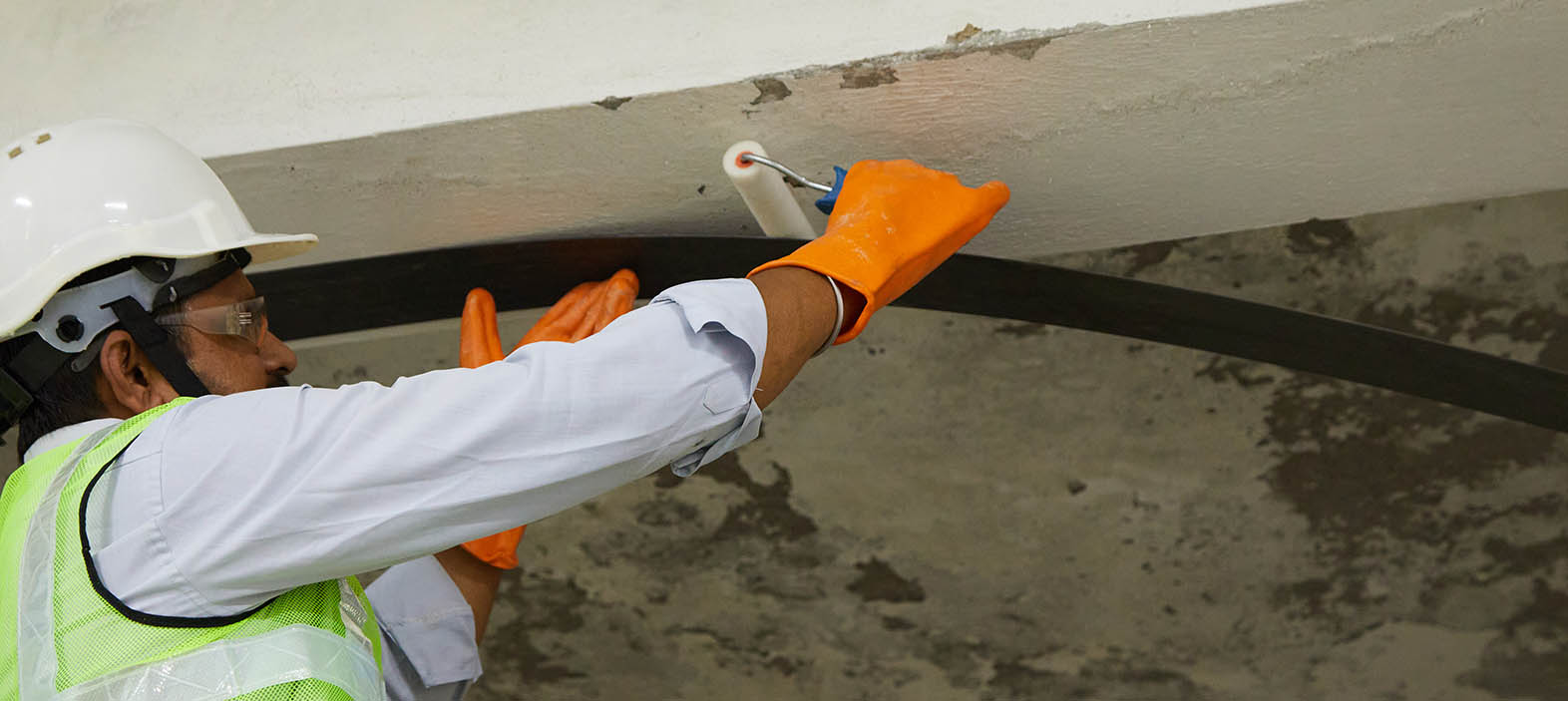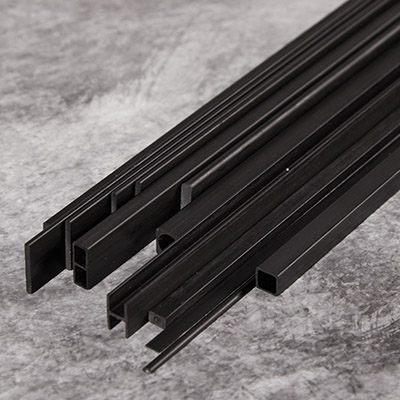
Carbon Fiber Uses in Construction Material
👁 Reads: 599
Carbon fiber has gained popularity in the construction industry due to its remarkable properties, such as strength, lightweight, durability, and flexibility. The composite material is composed of thin fibers made of carbon atoms that are tightly woven together, creating a material that is much stronger and lighter than traditional construction materials. There are many factors that contribute to the application of the composite material in construction purposes. There are a wide variety of carbon fiber products that are used in the industry. The composite material’s high strength, corrosion resistance, and lightweight properties make it an attractive choice for various construction applications. While it can be more expensive than traditional materials, its advantages in terms of durability, reduced weight, and design flexibility often outweigh the additional costs.
This article will explore the various uses of carbon fiber in construction materials.
Reinforcing Concrete
Carbon fiber-reinforced polymer (CFRP) composites are used to strengthen and reinforce concrete structures. Carbon fiber strips or sheets are bonded to existing concrete surfaces or embedded within new concrete to enhance its load-bearing capacity, improve structural integrity, and resist cracking or corrosion. This technique is commonly used for rehabilitating and retrofitting buildings, bridges, and other infrastructure. One of the most common uses of carbon fiber rods in the construction industry is as reinforcement material.
Structural Elements
Used to fabricate structural elements such as beams, columns, and trusses. These elements offer high strength-to-weight ratios and can be manufactured in various shapes and sizes. Carbon fiber structural components are lightweight, yet extremely strong, allowing for efficient and durable construction while reducing overall weight and material usage.
Facades and Cladding
Employed in the construction of façade panels and cladding systems. These panels offer aesthetic appeal, weather resistance, and high strength. Carbon fiber composites can be molded into complex shapes, allowing for innovative architectural designs and lightweight construction of exterior building elements.
Tension Structures
Carbon fiber cables or tendons are used to create tension structures, such as roofs or canopies. These structures rely on the tensile strength to support the weight of the roof or canopy while minimizing the need for additional support columns. Carbon fiber tension structures offer a lightweight and visually appealing alternative to traditional construction methods.
Reinforcing and Repairing Bridges
Carbon fiber sheets or wraps are used to reinforce and repair bridges. By applying the composite material to the underside of bridge decks or along the edges of beams, the load-carrying capacity and structural performance of aging or damaged bridges can be improved, extending their service life and reducing maintenance costs.
Wind Turbine Blades
Carbon fiber composites are also used in the construction of wind turbines, which are becoming increasingly popular as a source of renewable energy. Lightweight and durable in nature, this makes an ideal material for the blades of wind turbines, which need to be strong enough to withstand high winds and other harsh weather conditions.
Architectural Designs
Carbon fiber sheets are also being used to create innovative architectural designs. For example, the composite material can be used to create lightweight and durable columns, fences, and pergolas. These structures can be designed to be visually striking while also being structurally sound and able to withstand the elements.
Building Insulation
In addition, to use in construction, the composite is also being used in the production of building insulation. Carbon fiber insulation is lightweight, fire-resistant, and able to withstand high temperatures. It is a popular choice for use in industrial applications where high temperatures are common, such as in power plants and chemical factories.
Limitations of Carbon fiber-reinforced polymer
Despite its many benefits, it is still a relatively expensive material. This cost has limited its use in some construction applications, particularly in more conventional building projects. However, as technology advances and the cost of carbon fiber production decreases, the material is expected to become more widely used in the construction industry.
Other Potential Uses of Carbon Fiber in Construction
Apart from the uses mentioned above, carbon fiber tubes has several other potential uses in the construction industry. One such use is in the creation of lightweight and durable roofing materials. Carbon fiber tiles or sheets could be used in place of traditional roofing materials such as asphalt or metal, providing increased durability and resistance to extreme weather conditions.
Another potential use for carbon fiber in construction is in the creation of lightweight and durable structural panels. These panels could be used to create walls, floors, and roofs that are strong, lightweight, and resistant to fire, moisture, and other environmental factors.
In addition, it could also be used to create modular building components that are easy to assemble and disassemble. These components could be used to create temporary structures, such as disaster relief shelters, or as a means of quickly and easily constructing buildings in areas where traditional construction methods are not feasible.
Advantages of Carbon Fiber in Construction
It has several advantages over traditional construction materials such as steel and concrete. One of the most significant advantages is its strength-to-weight ratio. It is much lighter than steel, yet it is several times stronger. This makes it an ideal material for applications where weight is a concern, such as in the construction of bridges and offshore platforms.
It is also highly corrosion-resistant, making it an ideal material for use in harsh environmental conditions. It is also highly durable and able to withstand high loads and stresses without breaking or deforming. These properties make it an excellent choice to reinforce existing structures or build new ones.
Finally, CNC carbon fiber parts are highly flexible and can be molded into various shapes and sizes. This makes it an ideal material for creating innovative architectural designs that are both aesthetically pleasing and structurally sound.
Conclusion
Carbon fiber is a remarkable material with many unique properties that make it ideal for use in various construction applications. Its strength, durability, and flexibility make it an excellent choice for reinforcing existing structures, building new ones, and creating innovative architectural designs. As technology continues to advance and the cost of production decreases, it is likely that we will see more widespread use of carbon fiber in the construction industry.





